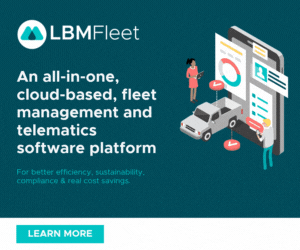In Australia, significant changes are on the horizon for organisations that use plug-in hybrid electric vehicles (PHEVs) as part of their fleet. Starting from 1 April 2025, the Australian Taxation Office (ATO) will no longer classify PHEVs as zero or low emissions vehicles for fringe benefits tax (FBT) purposes. Let’s look at what these changes mean for organisations with fleet vehicles and their employees.
FBT for PHEVs
Fringe Benefits Tax (FBT) is a tax that organisations must pay on certain benefits provided to their employees, including company cars and other perks. Currently, electric vehicles, including PHEVs, may qualify for an exemption from this tax if they meet specific emissions criteria, making them a popular choice for businesses aiming to enhance their green credentials.
At present, organisations can provide PHEVs to employees without incurring FBT, as these vehicles are considered low emissions. This has made PHEVs an appealing option for businesses looking to offer sustainable transport solutions.
Upcoming Changes in April 2025
From 1 April 2025, PHEVs will no longer be classified as zero or low emissions vehicles under FBT law. This means organisations will need to begin paying FBT on PHEVs unless certain conditions are met.
Conditions for Maintaining FBT Exemption
To continue benefiting from the FBT exemption for PHEVs, organisations must meet the following criteria:
- Previous Exemption: The PHEV must have been exempt from FBT before 1 April 2025.
- Binding Commitment: Organisations need to have a legally binding agreement in place to allow for private use of the vehicle after 1 April 2025. This agreement must not simply include an option to extend; it must be a confirmed commitment.
Changes That Could Affect FBT Exemption
Organisations should be mindful that certain changes can affect their FBT exemption status:
- New Agreements: If new commitments regarding PHEVs are made after 1 April 2025, these will not qualify for the FBT exemption.
- Modifications to Existing Agreements: Changes to existing agreements, such as lease extensions or adjustments to financial terms, may result in the loss of the FBT exemption.
Illustrative Scenarios Impacting FBT Exemption
Scenario 1: Employee Leave
If an employee on leave does not use the PHEV during their absence, this can interrupt the existing agreement, potentially affecting the FBT exemption.
Scenario 2: Vehicle Replacement
If an organisation replaces a PHEV due to damage and the new vehicle is similar with unchanged lease terms, the exemption may still apply.
Scenario 3: Change of Employment
When an employee changes jobs and the new organisation assumes the lease, this creates a new commitment, making the FBT exemption inapplicable.
The upcoming changes to FBT exemptions for PHEVs will significantly impact organisations with fleet vehicles in Australia. To avoid FBT on PHEVs, it is crucial for businesses to have legally binding commitments in place before 1 April 2025.
For further guidance on the electric car exemption and related FBT matters, organisations can consult the ATO website.
Did you find this article helpful? Click the ‘heart’ button above to give it a ‘like’!



















